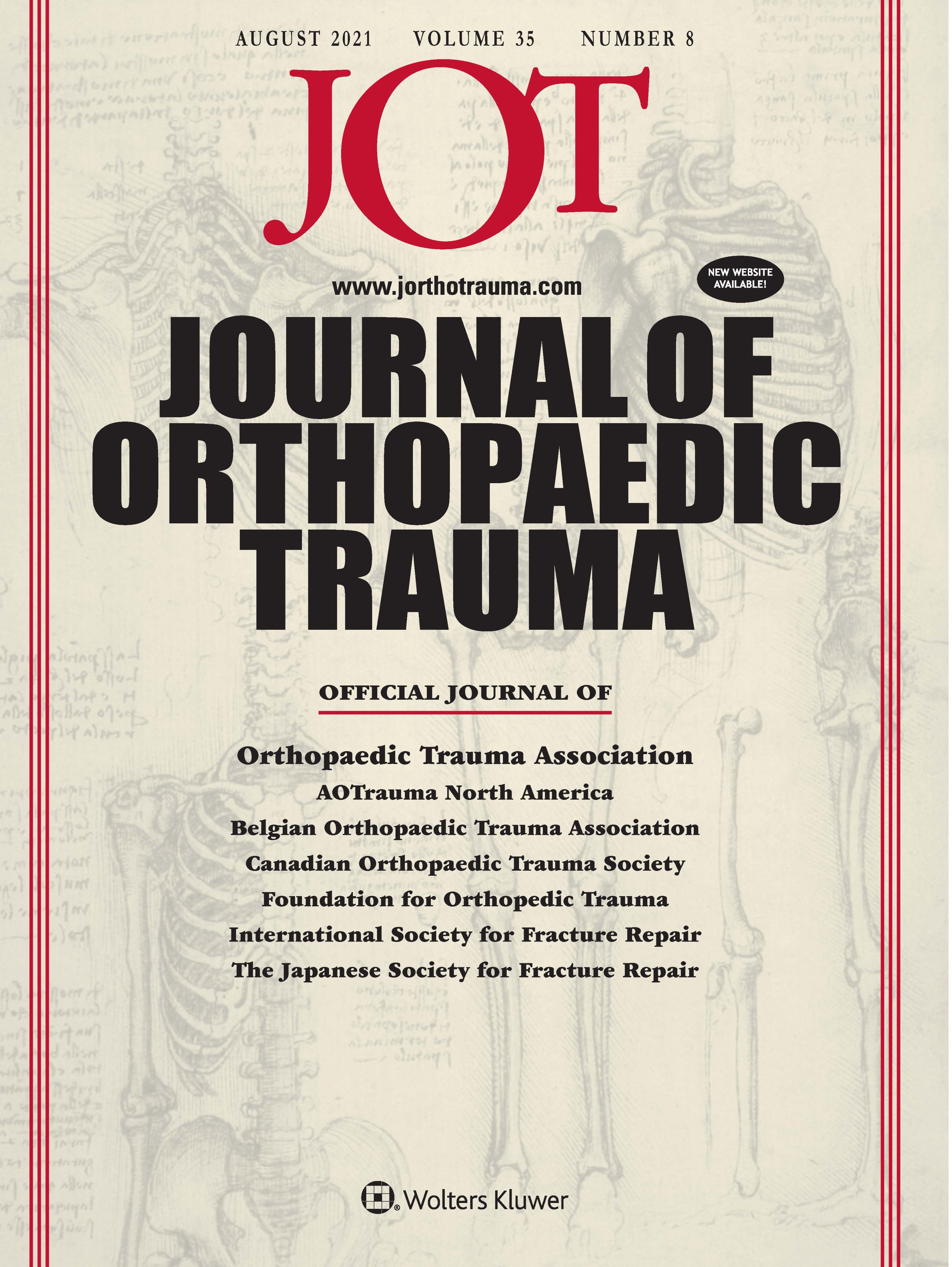
Low-Dose Short-Term NSAID (Ketorolac) on Cytokine Levels After Orthopaedic Polytrauma

Low-Dose Short-Term NSAID (Ketorolac) on Cytokine Levels After Orthopaedic Polytrauma
Does Scheduled Low-Dose Short-Term NSAID (Ketorolac) Modulate Cytokine Levels After Orthopaedic Polytrauma? A Secondary Analysis of a Randomized Clinical Trial.
J Orthop Trauma. 2024 01-Jul;():. 10.1097/BOT.0000000000002807Did you know you're eligible to earn 0.5 CME credits for reading this report? Click Here
Synopsis
Seventy orthopedic polytrauma patients were randomized to receive either 15 mg of intravenous ketorolac every 6 hours (n=35) or 2 mL of intravenous saline (n=35) for up to 5 inpatient days. The primary outcome was daily cytokine concentrations, including IL-1a, IL-1b, IL-6, IL-10, and prostaglandin E2 (PGE2). Secondary outcomes assessed included hospital and ICU length of stay (LOS), pulmonary com...
To view the full content, login to your account,
or start your 30-day FREE Trial today.
FREE TRIAL
LOGIN
Forgot Password?
Explore some of our unlocked ACE Reports below!

Learn about our AI Driven
High Impact Search Feature
Our AI driven High Impact metric calculates the impact an article will have by considering both the publishing journal and the content of the article itself. Built using the latest advances in natural language processing, OE High Impact predicts an article’s future number of citations better than impact factor alone.
Continue



 LOGIN
LOGIN

Join the Conversation
Please Login or Join to leave comments.